Indigenous Autonomy in Mexico:
Towards a Renewal of Revolutionary Ideals
Towards a Renewal of Revolutionary Ideals
Share This Post:
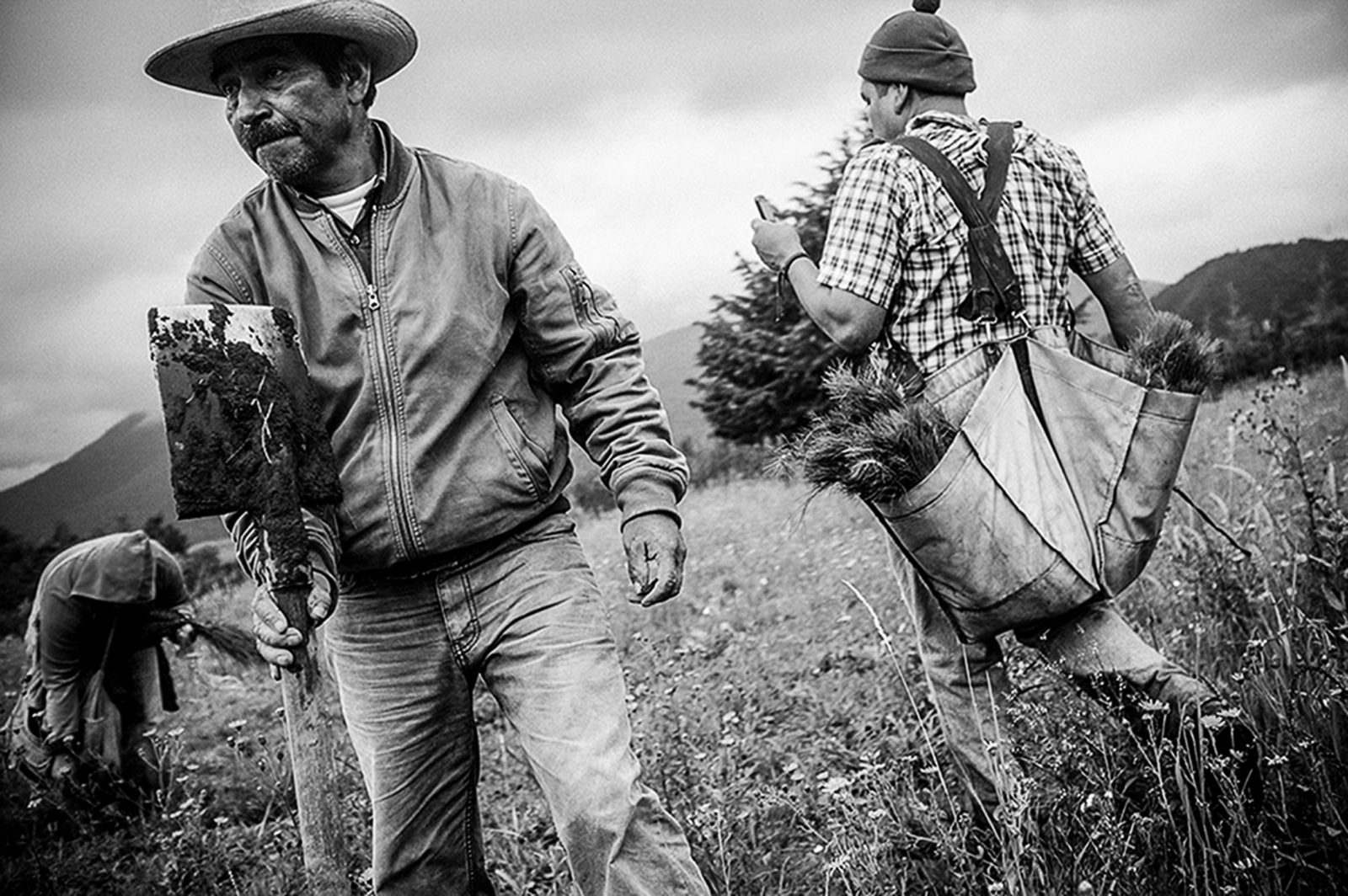
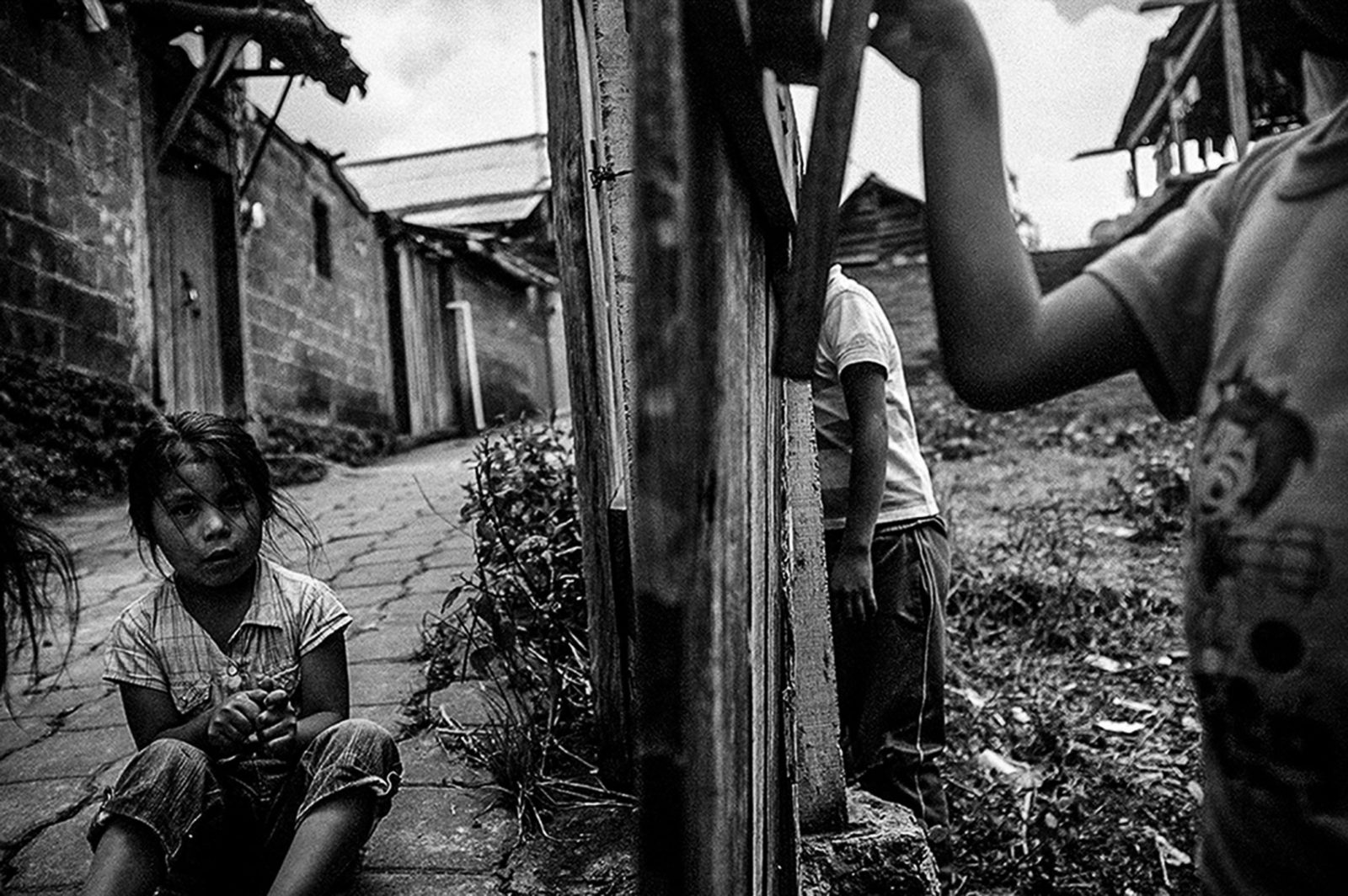
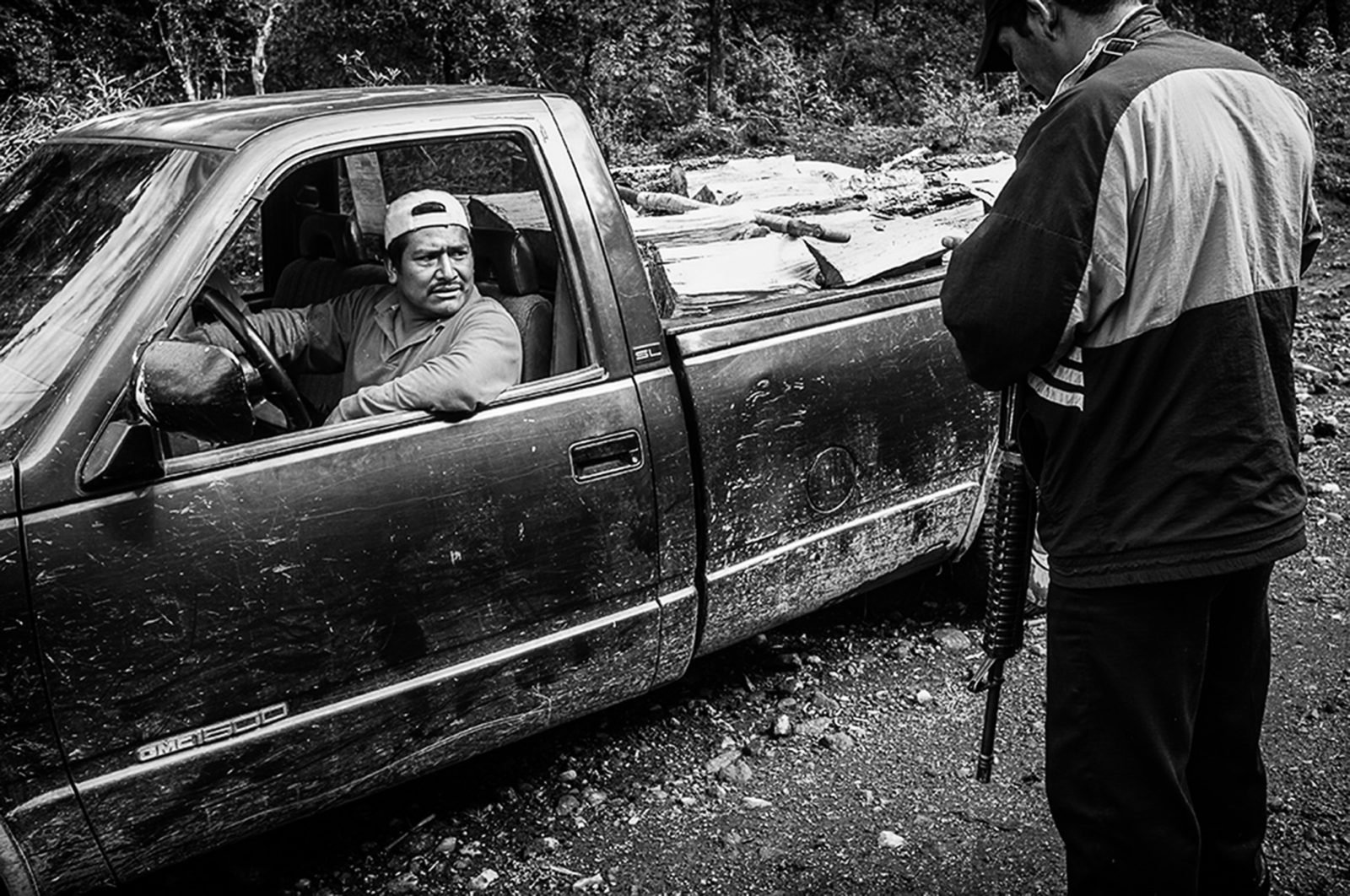

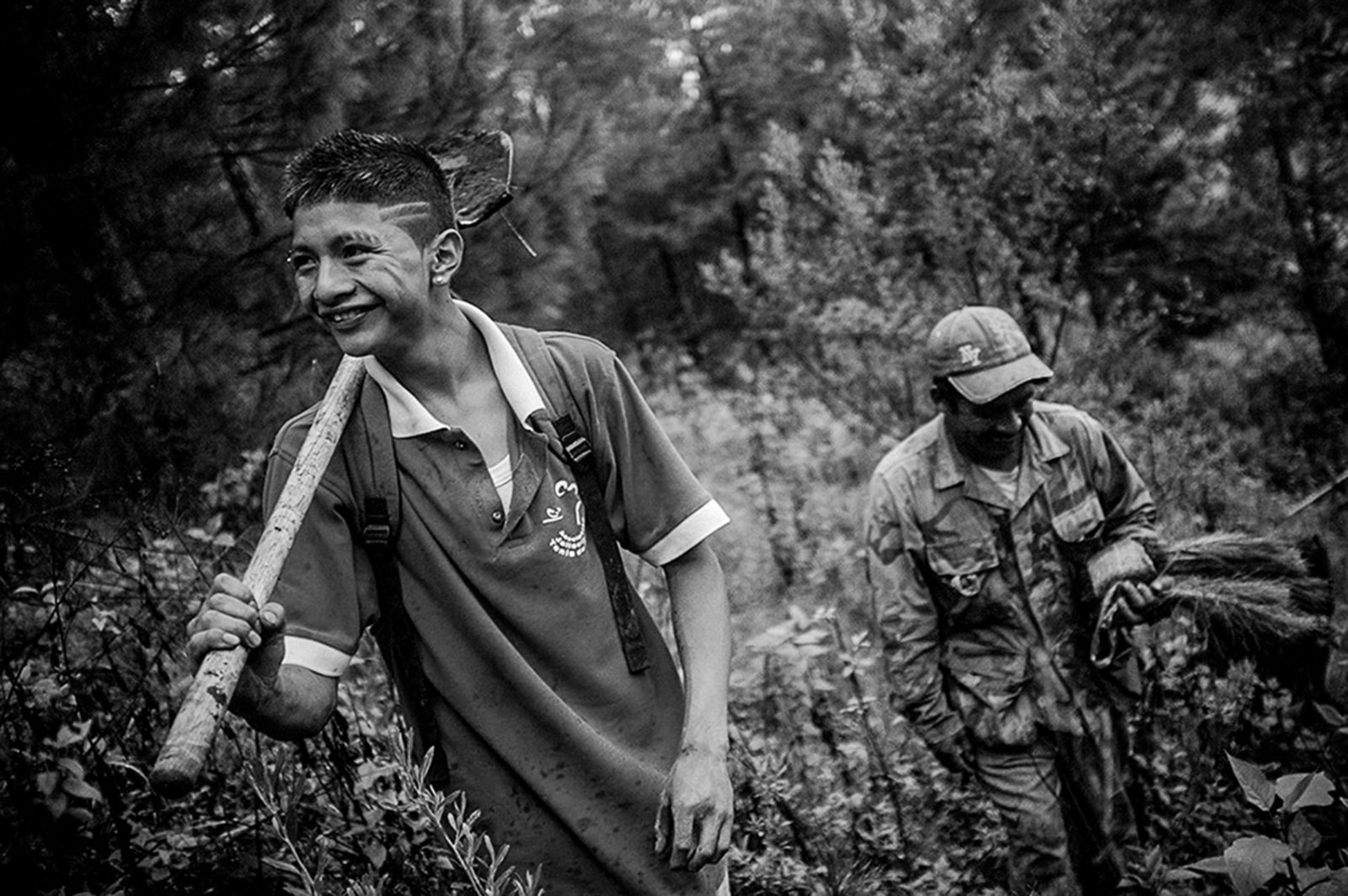
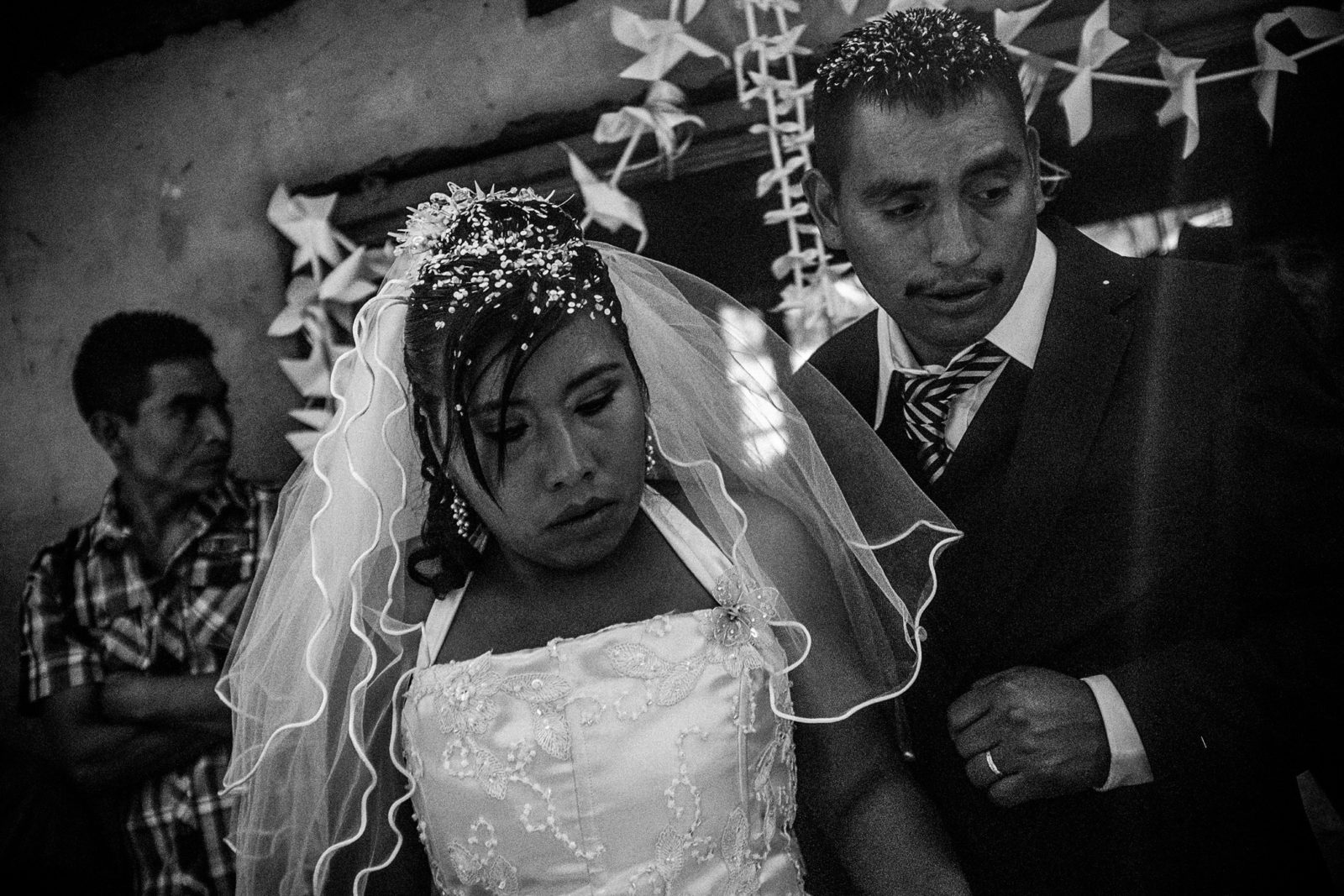
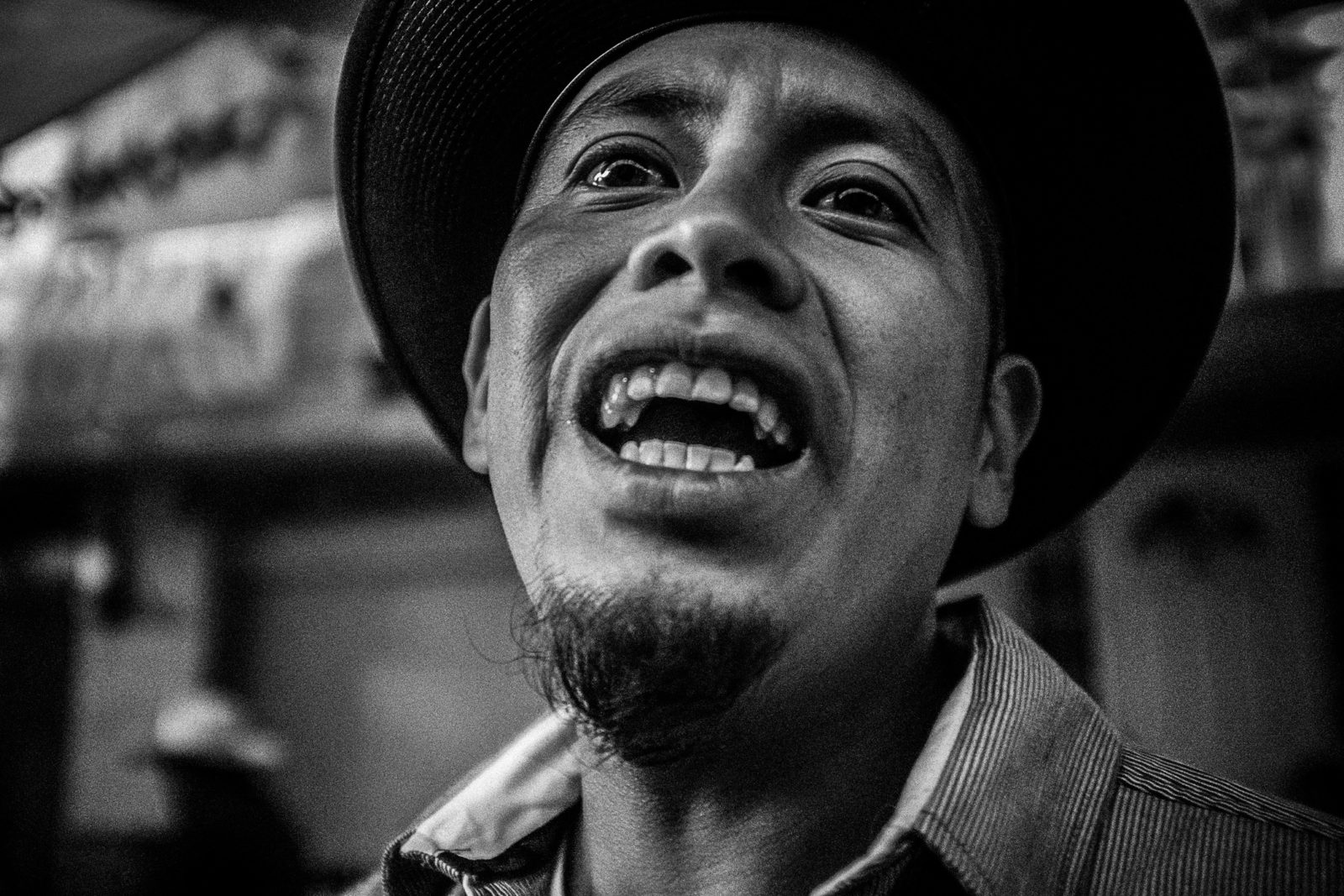
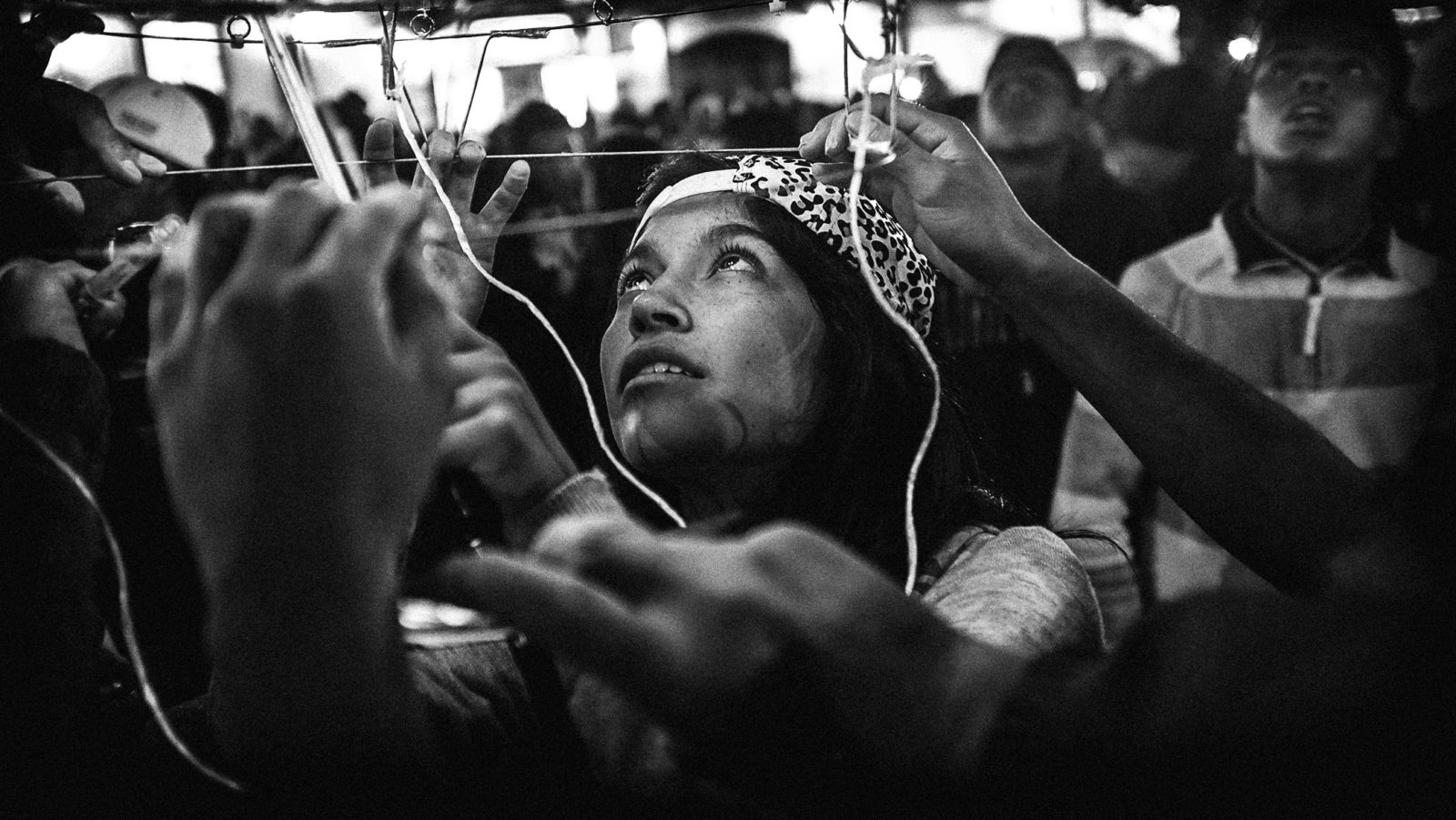
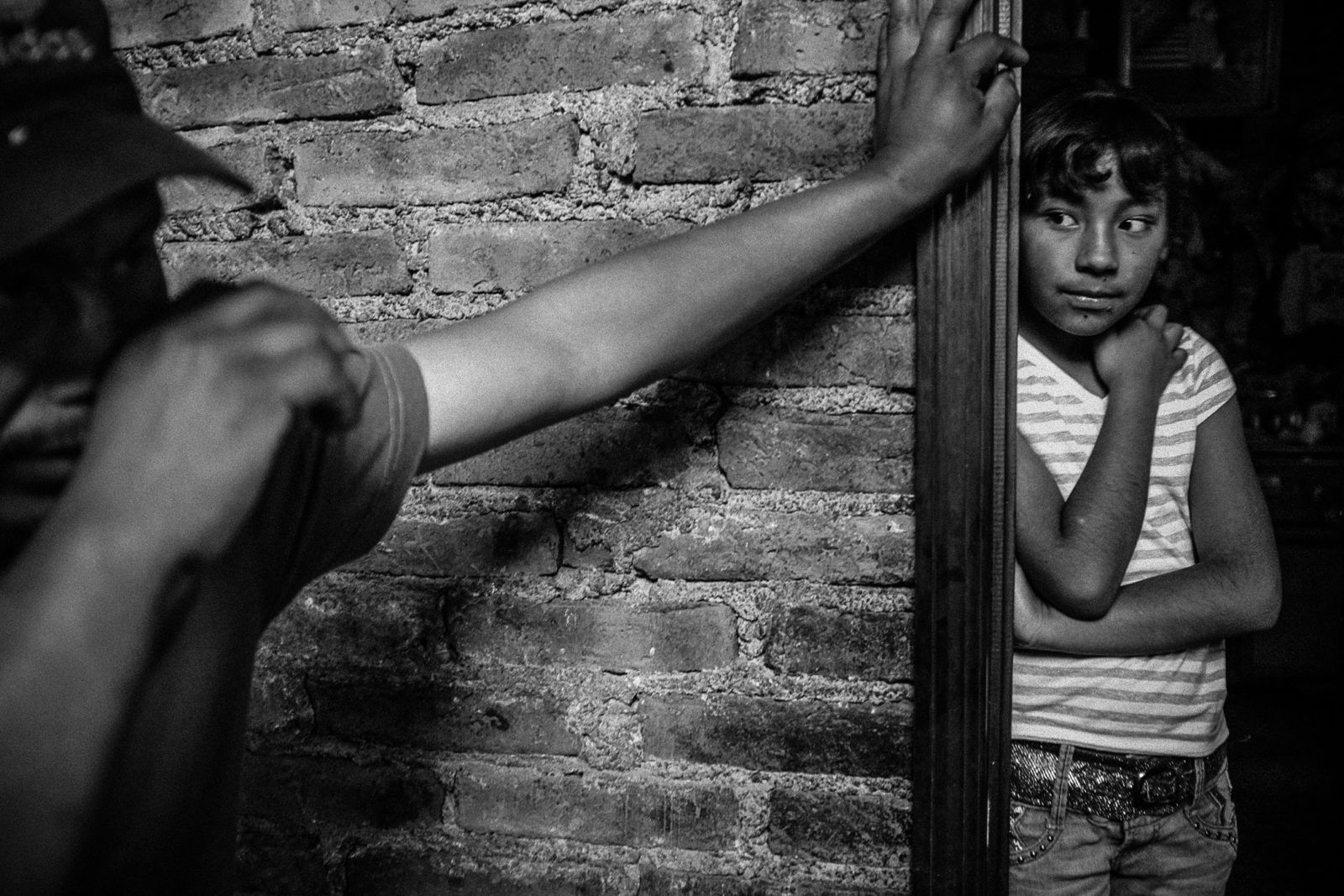
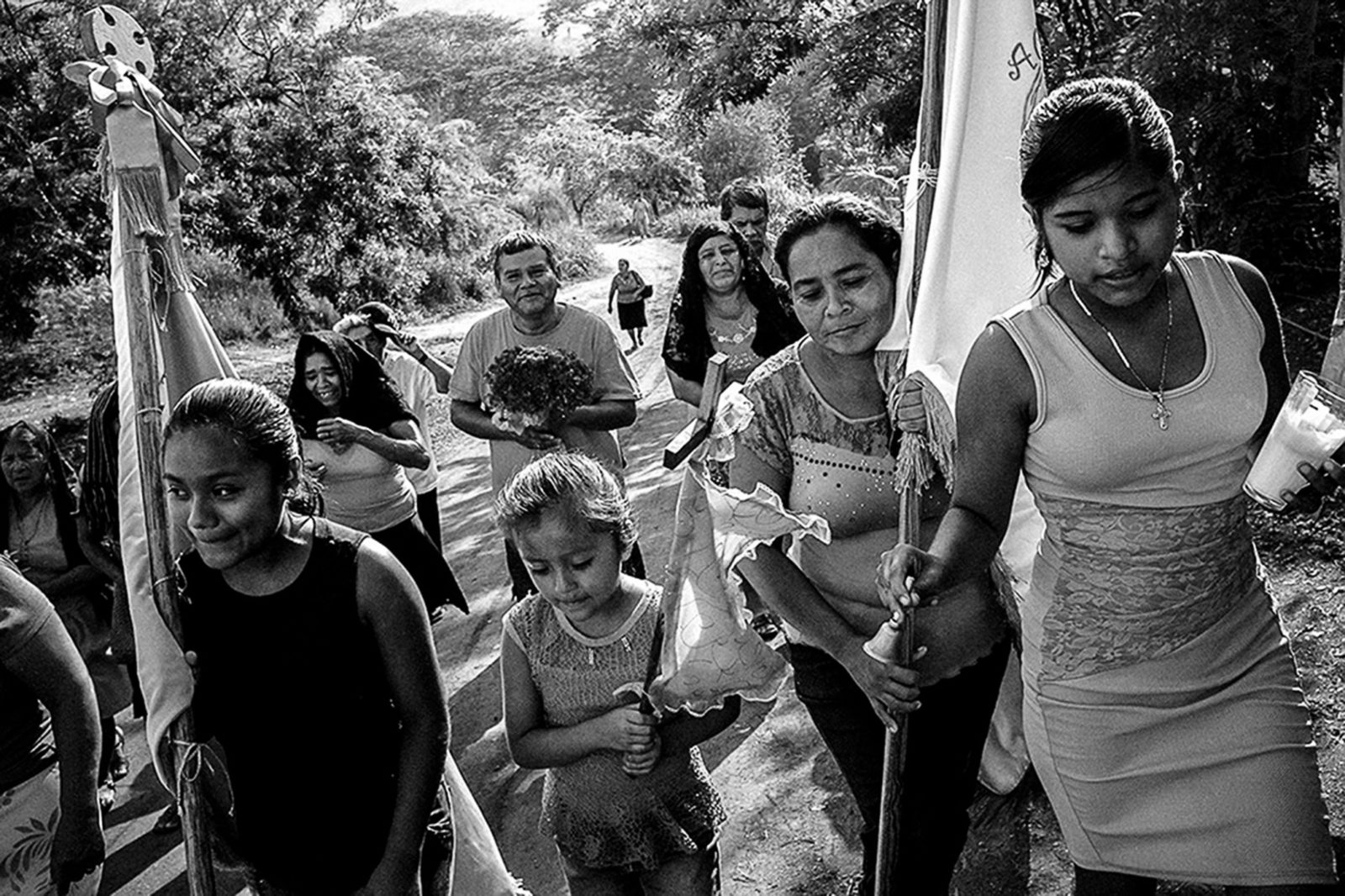
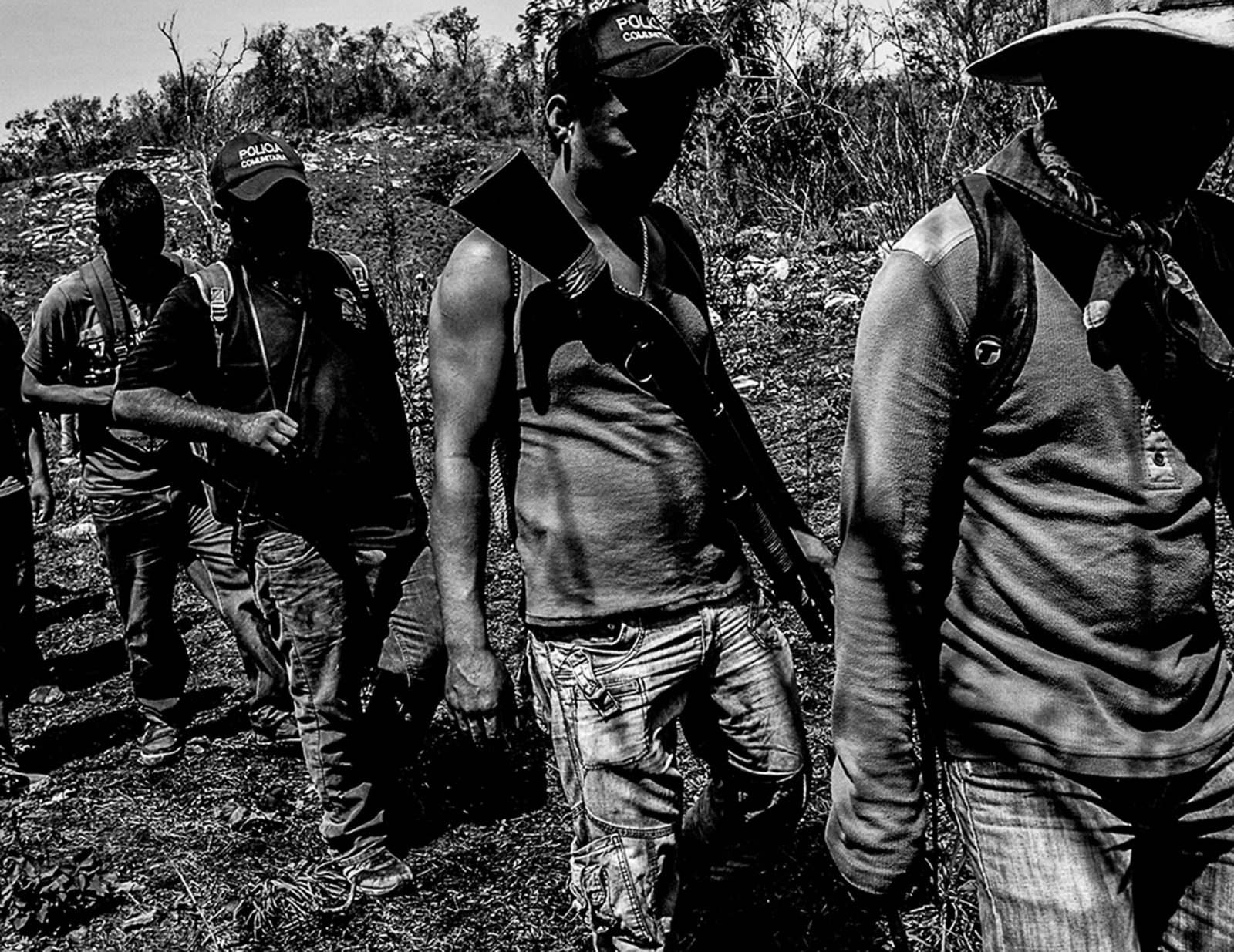
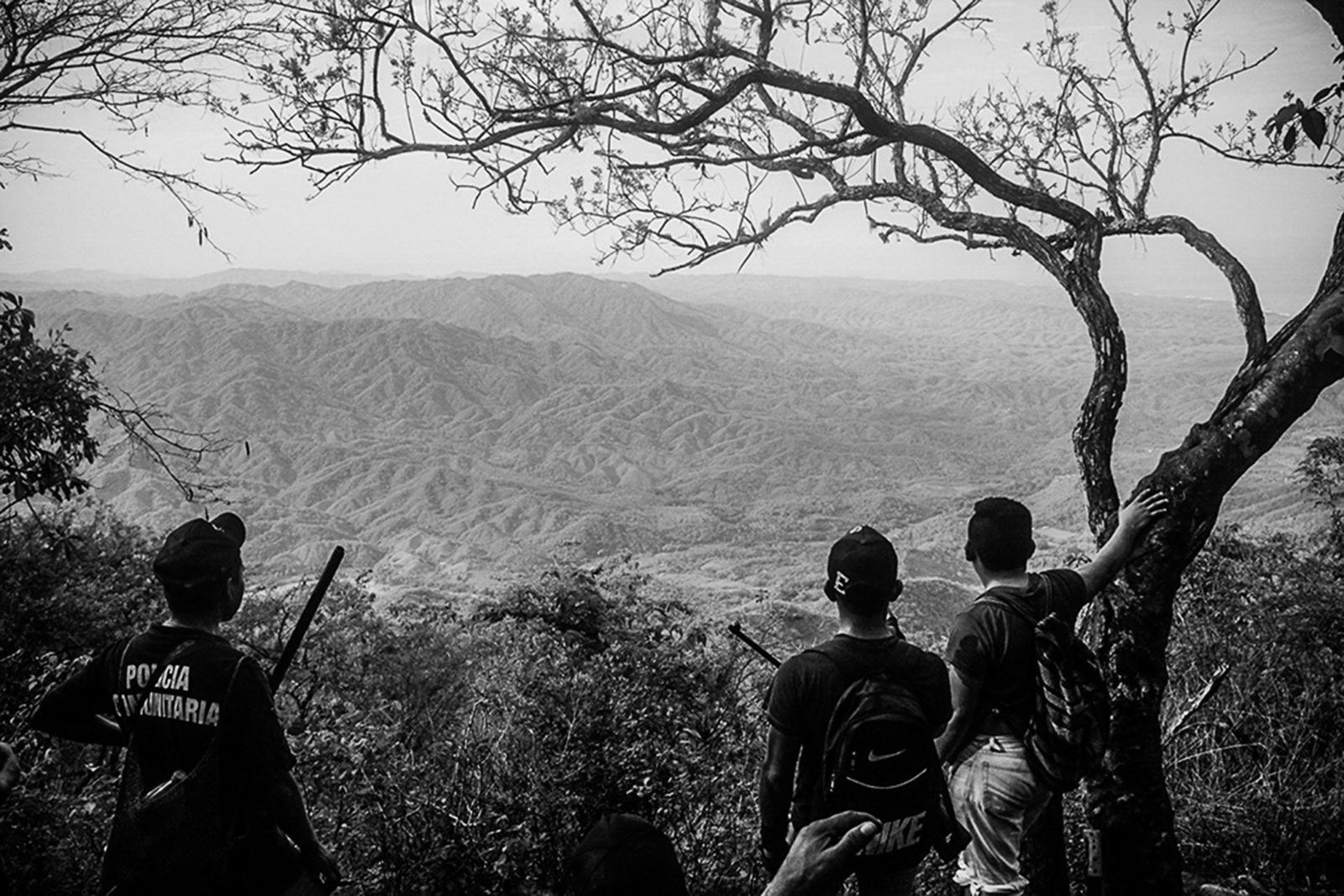
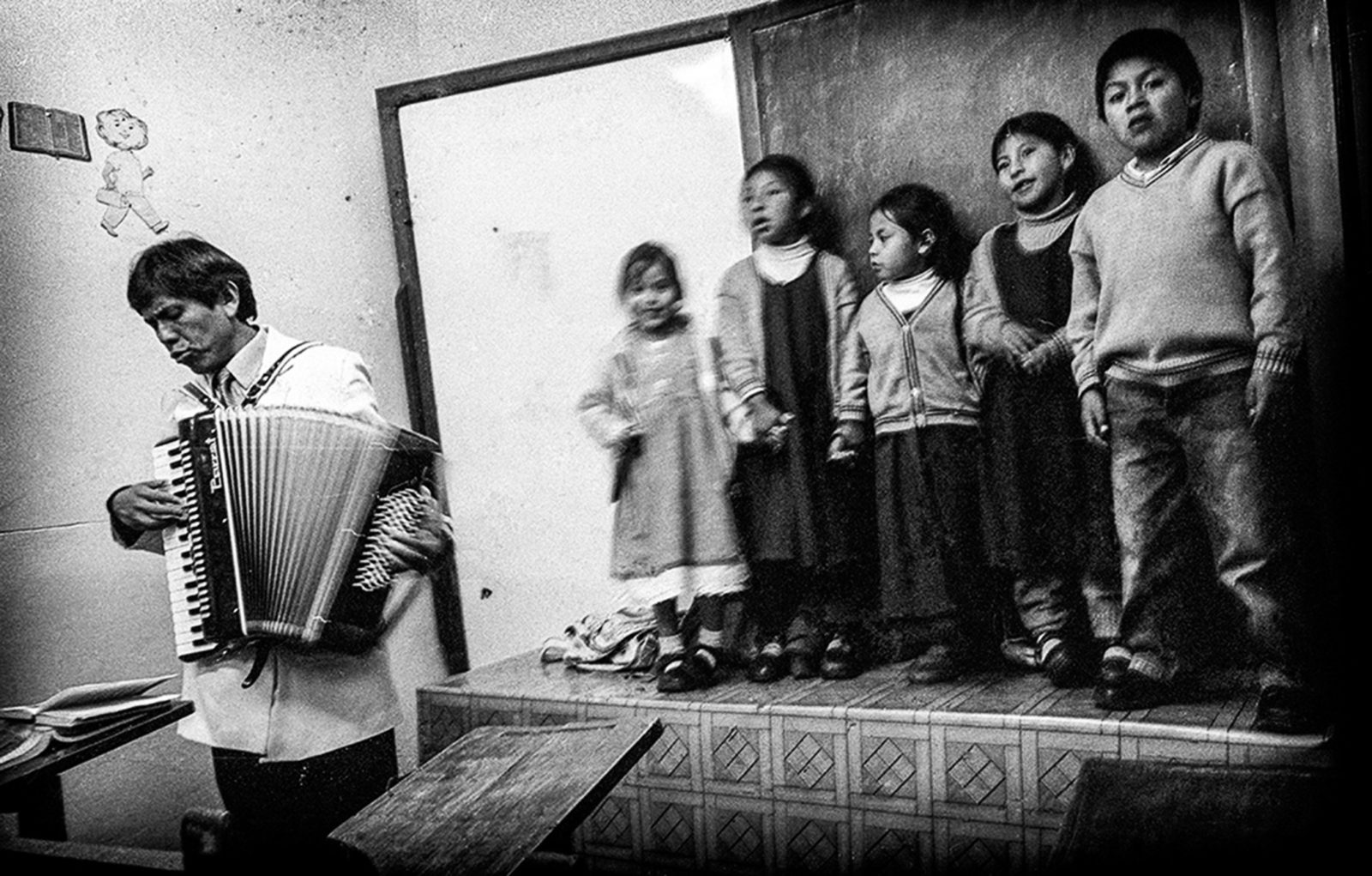

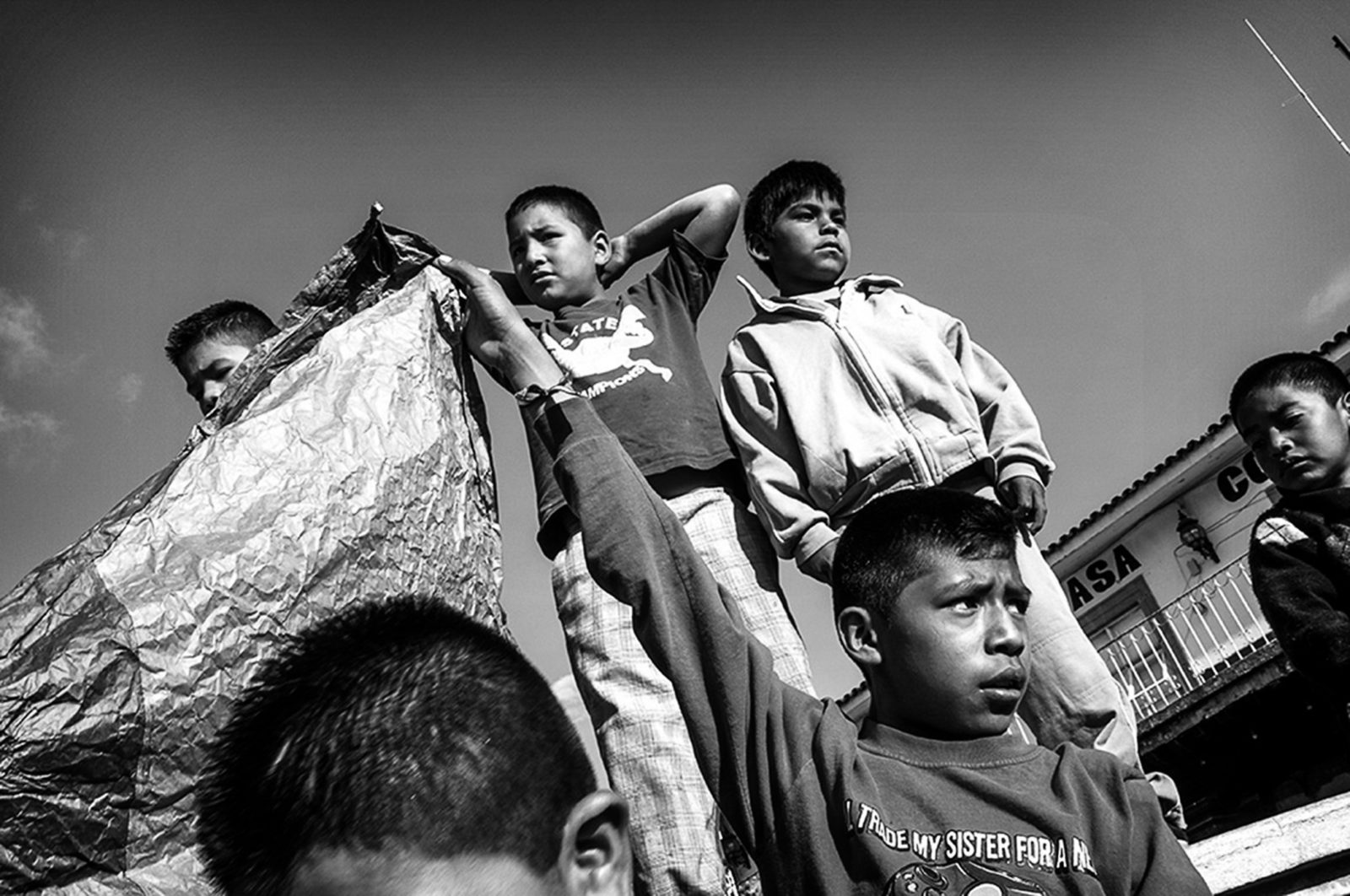
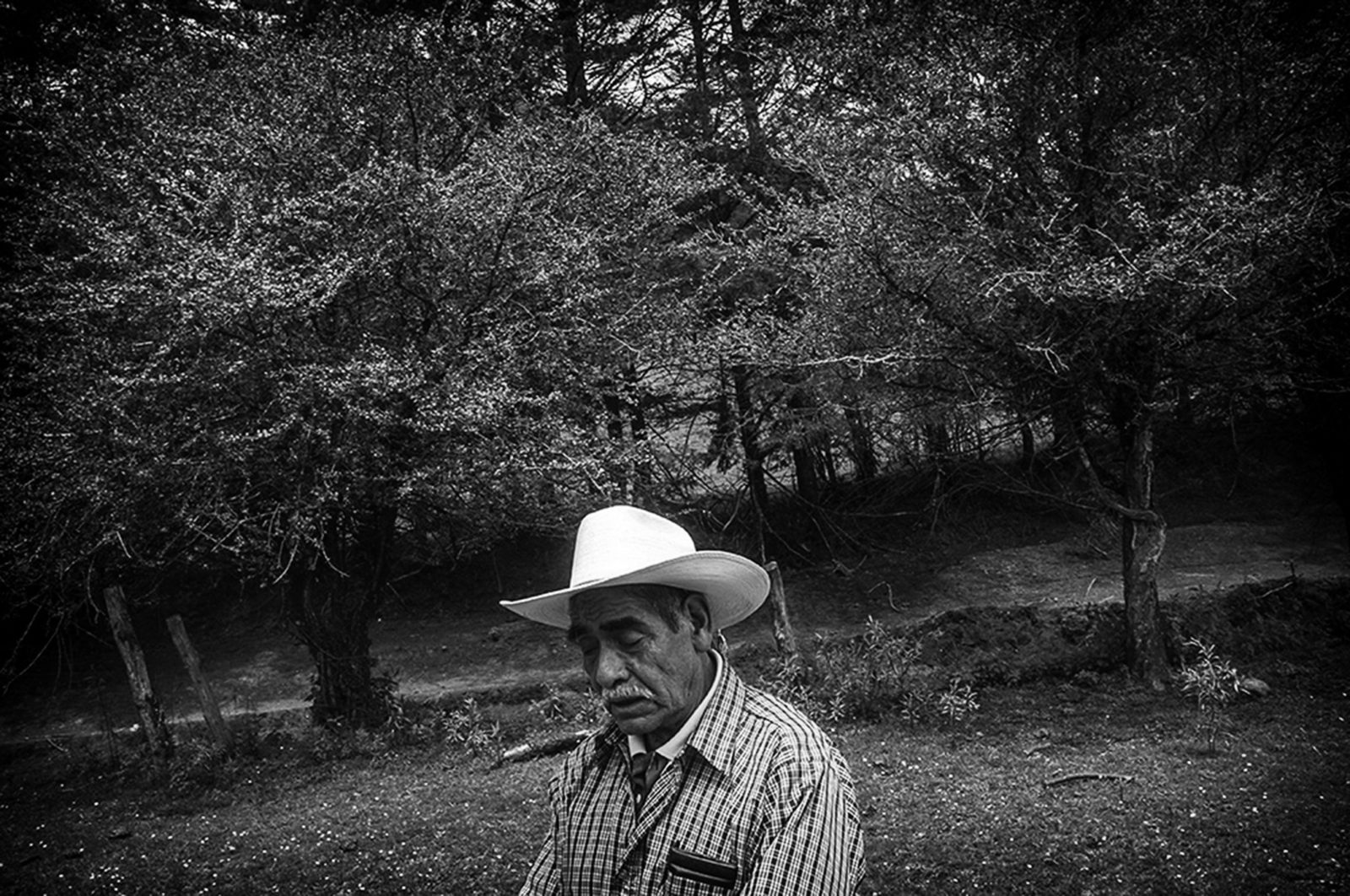
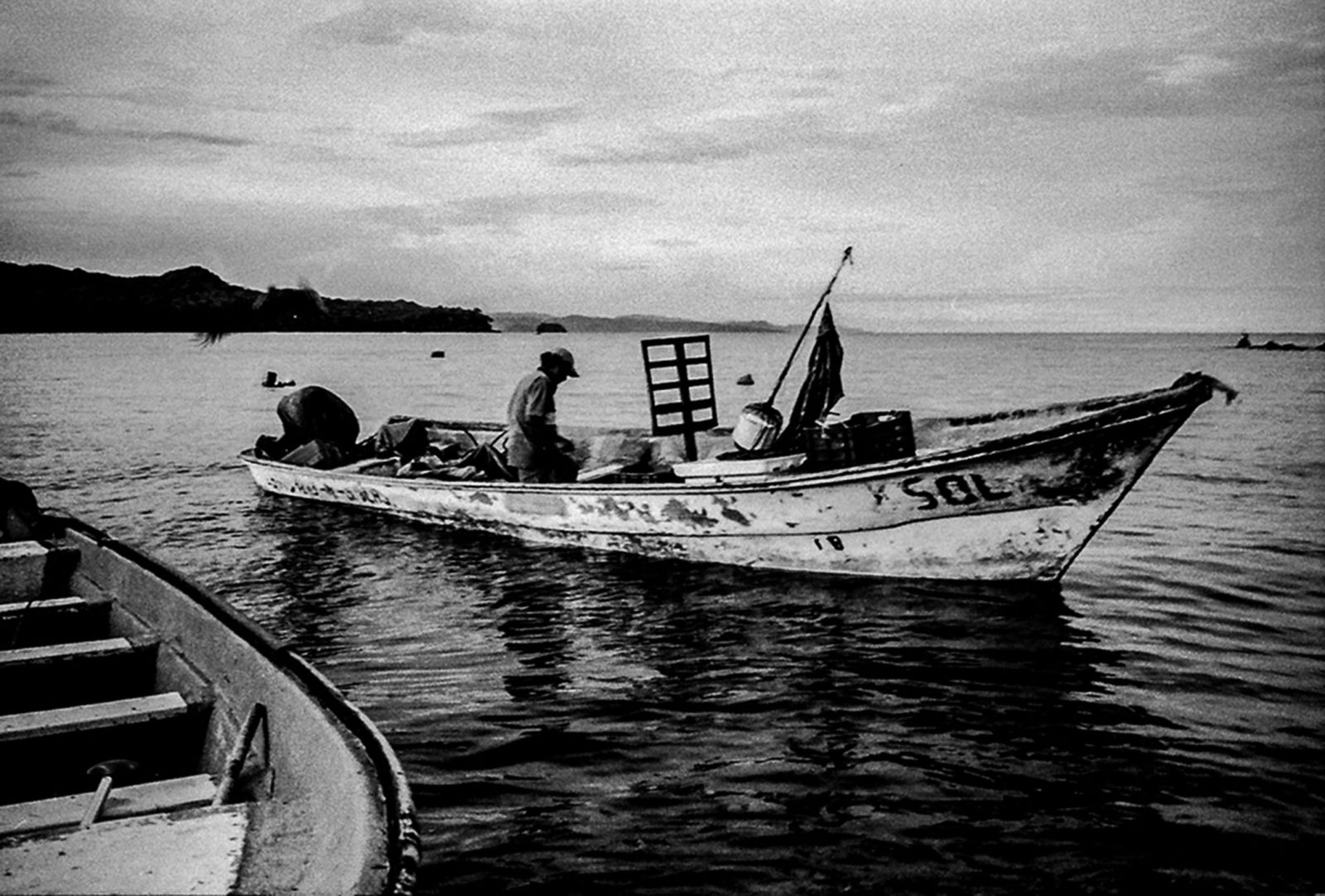
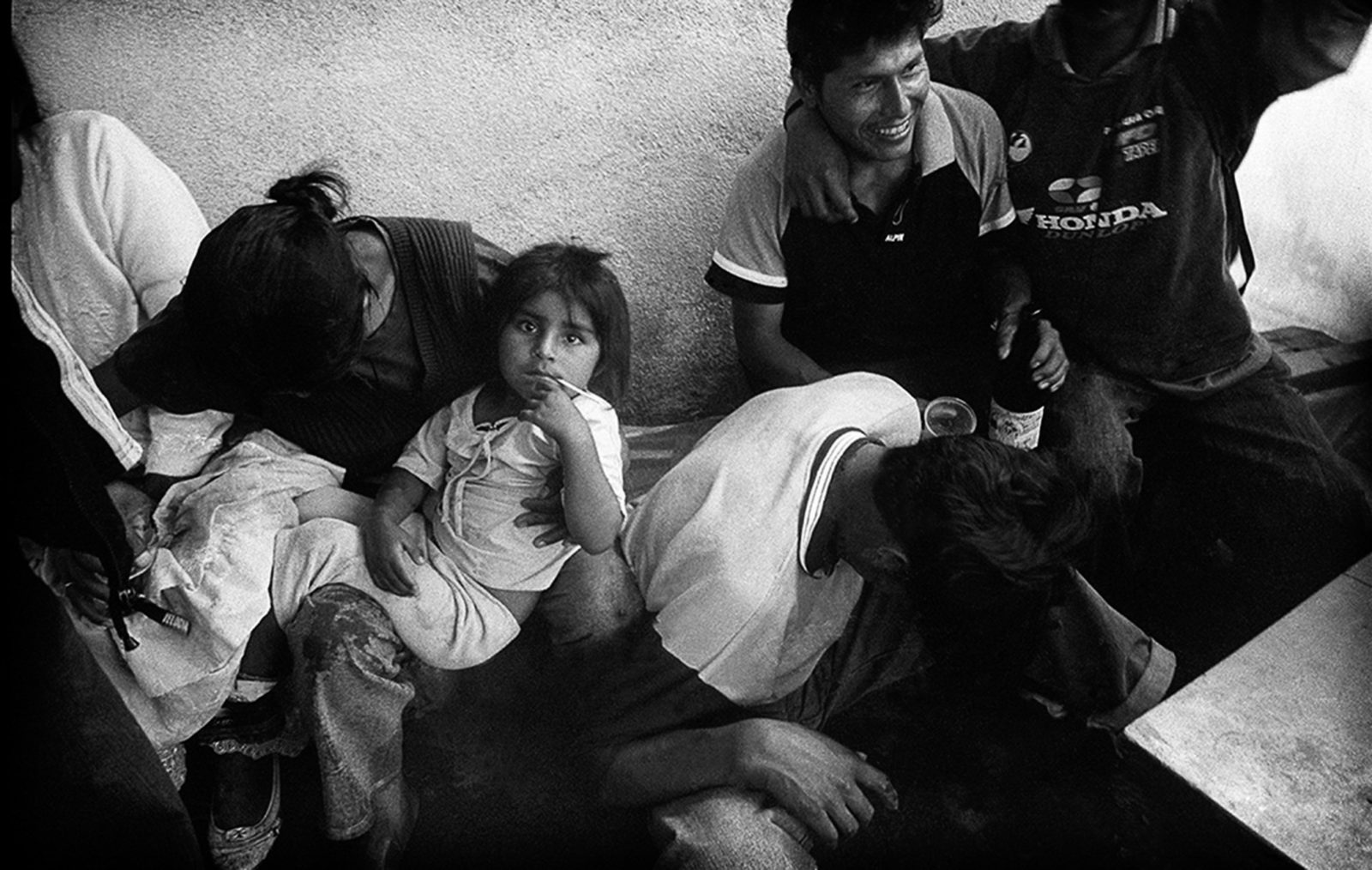
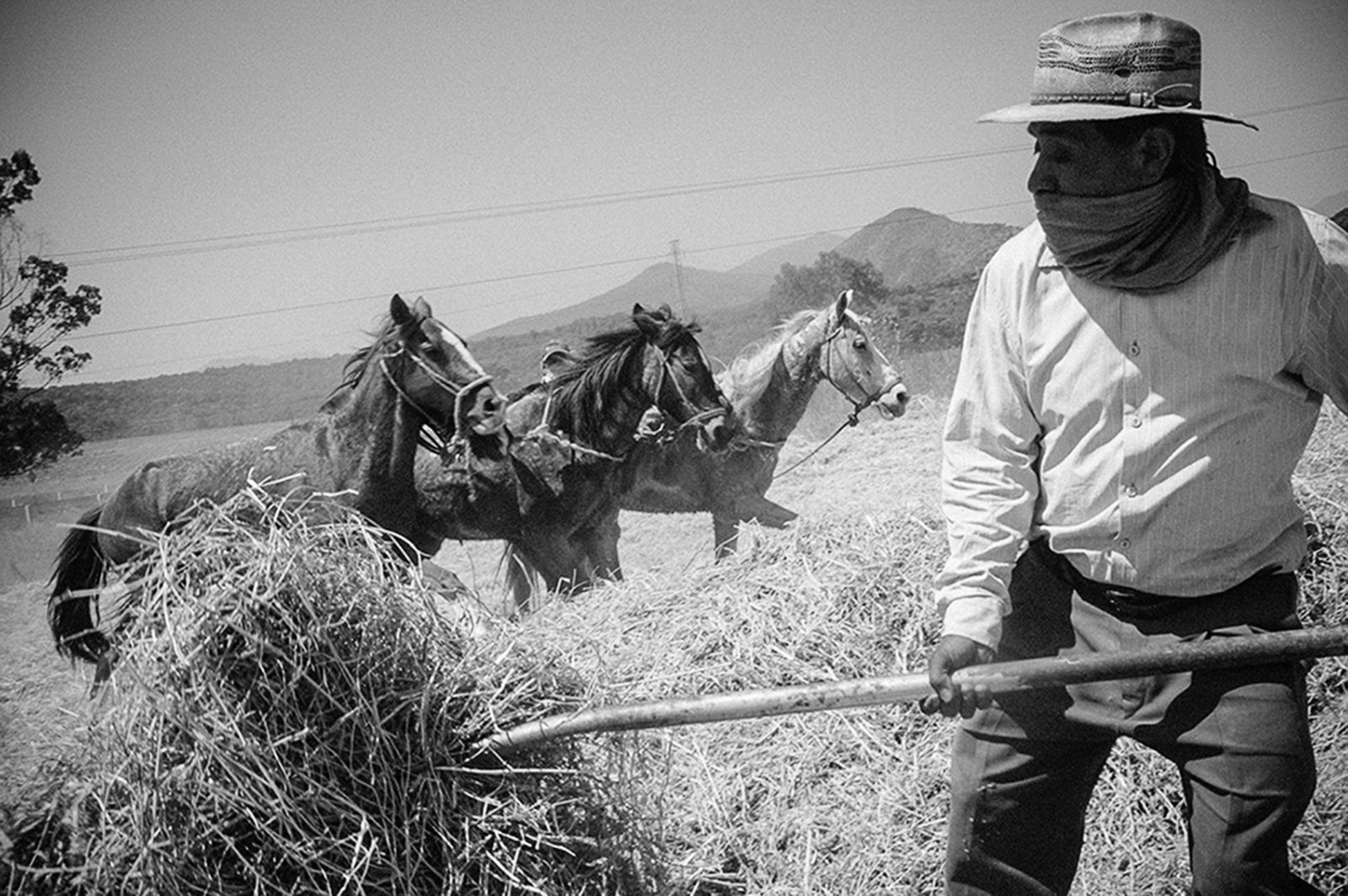
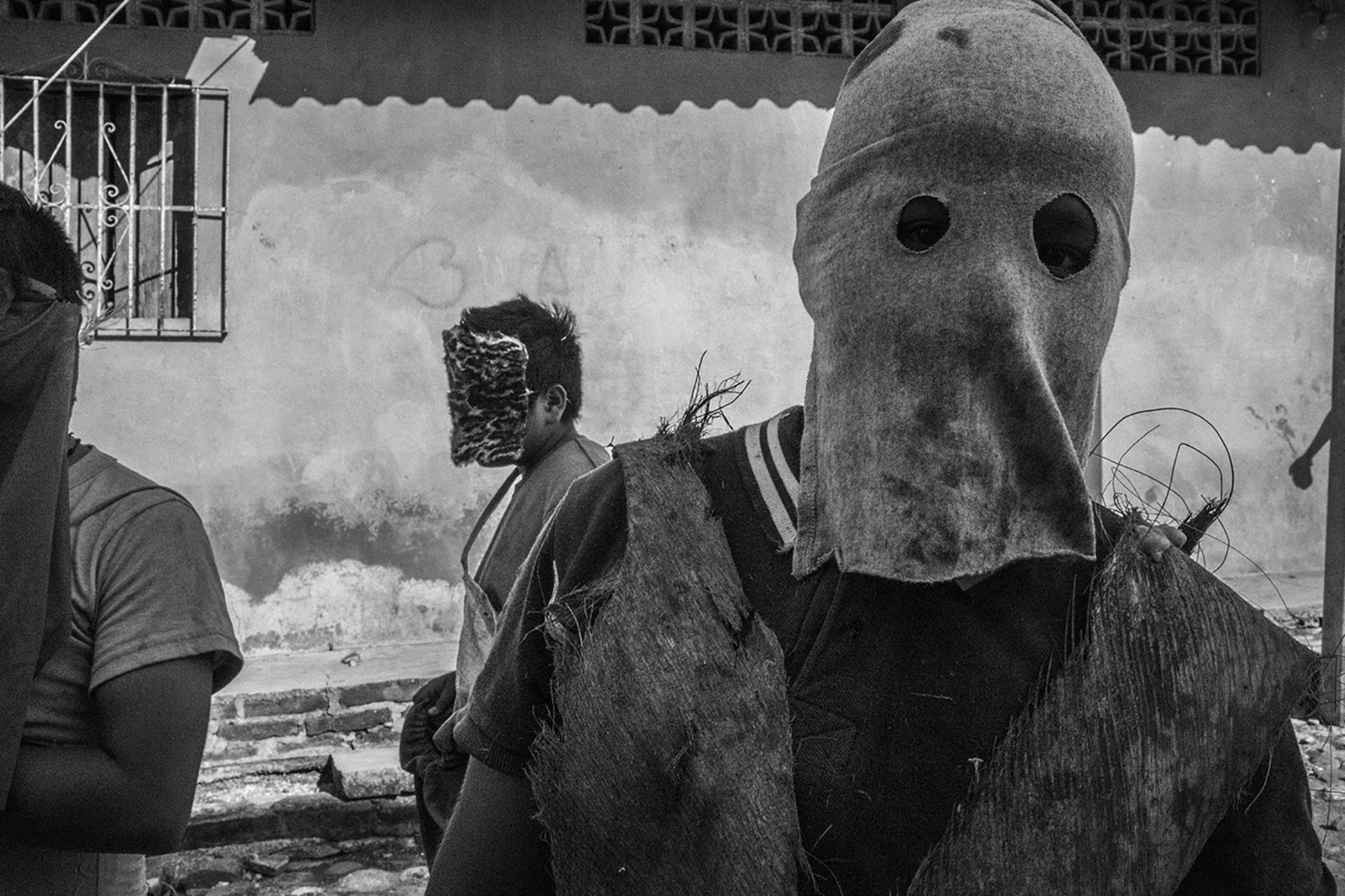
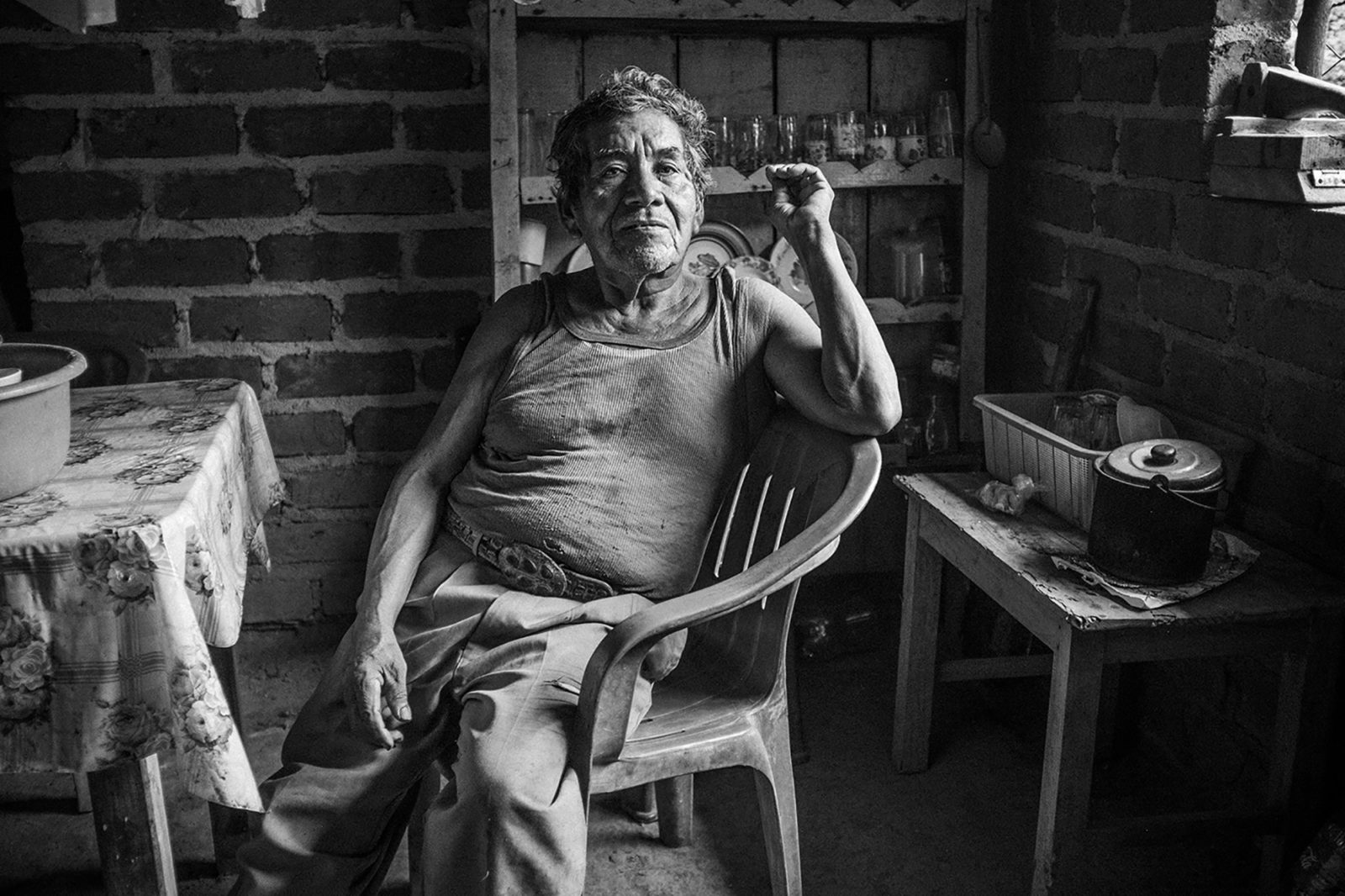

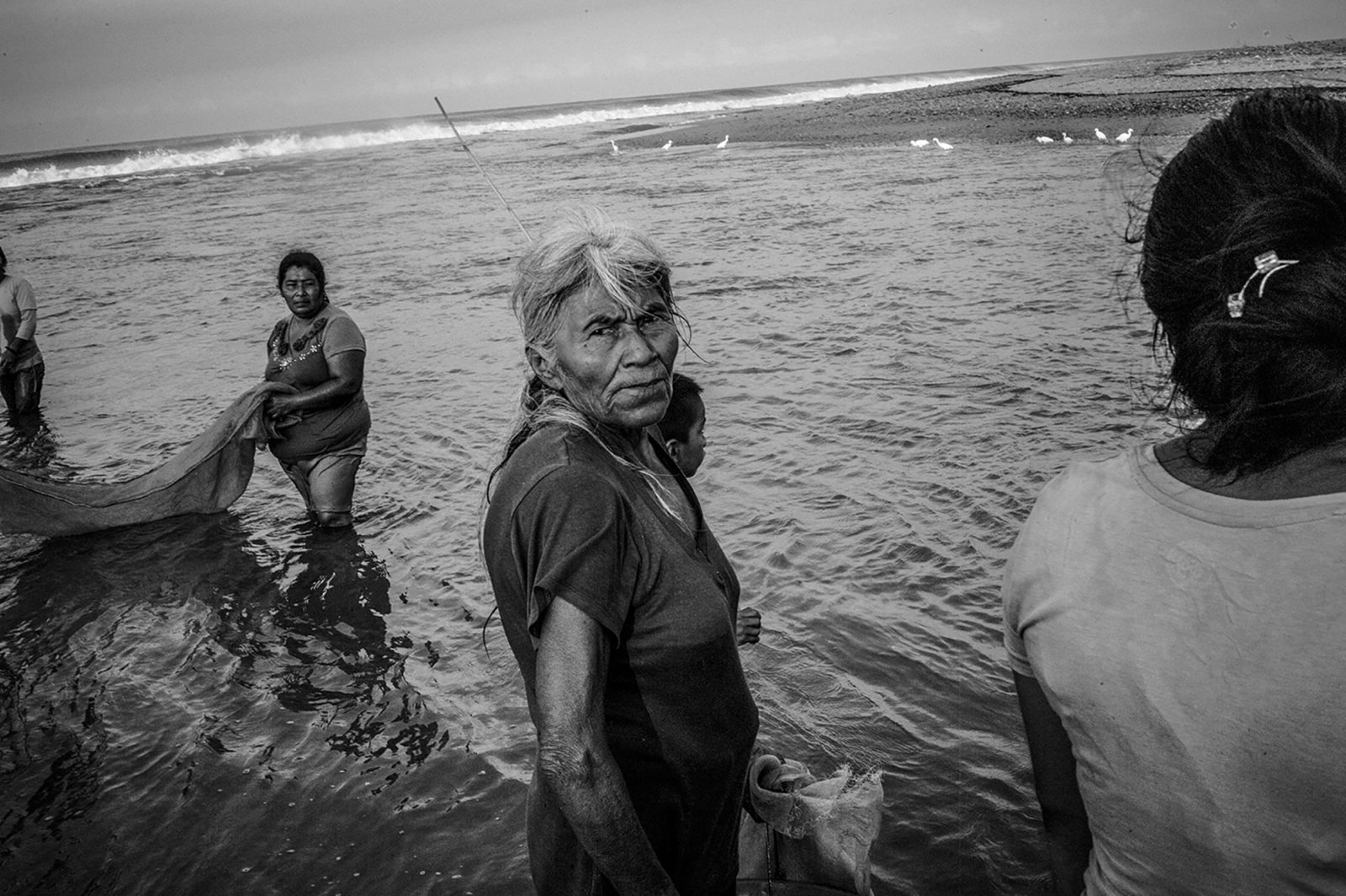
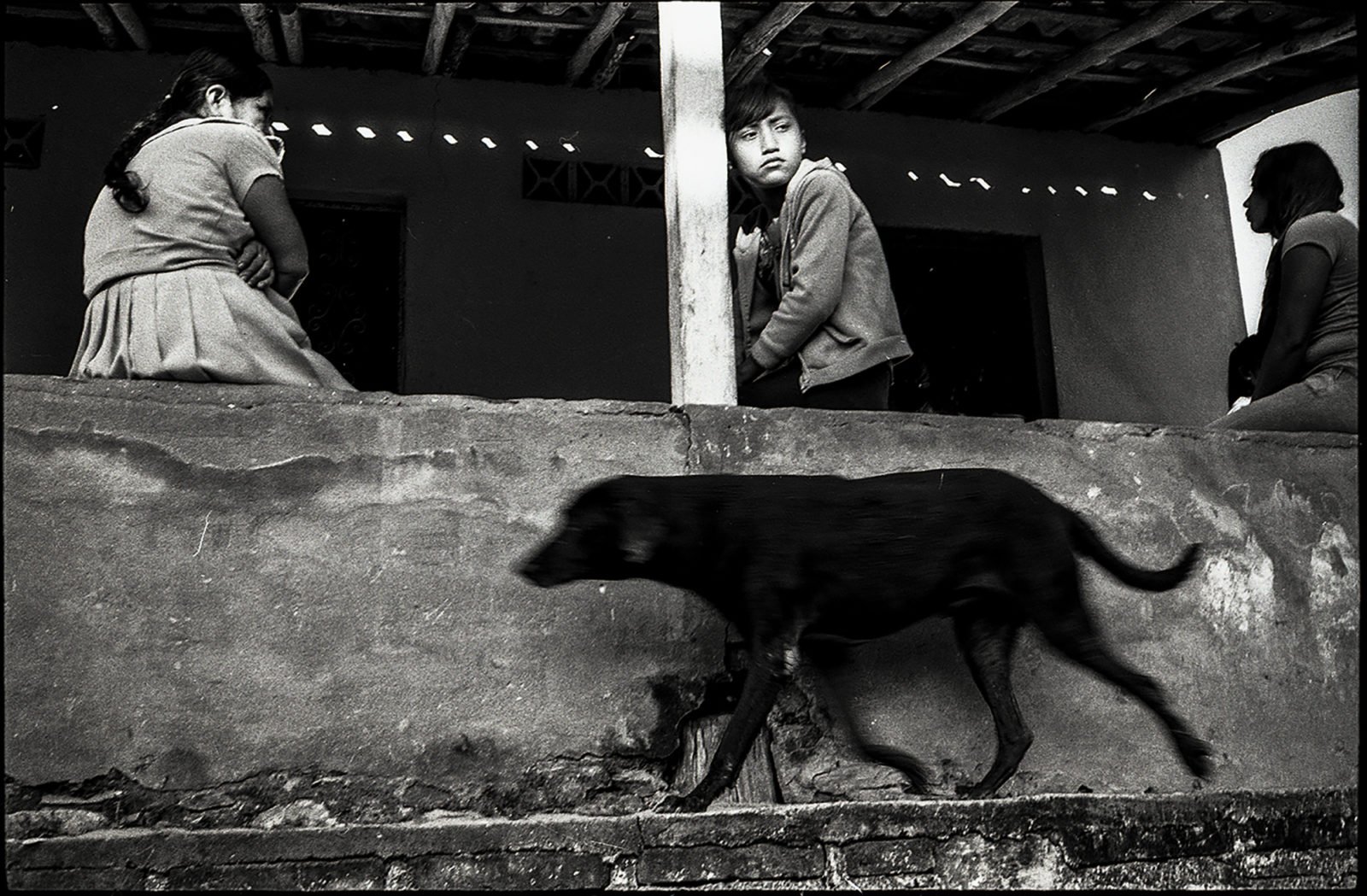
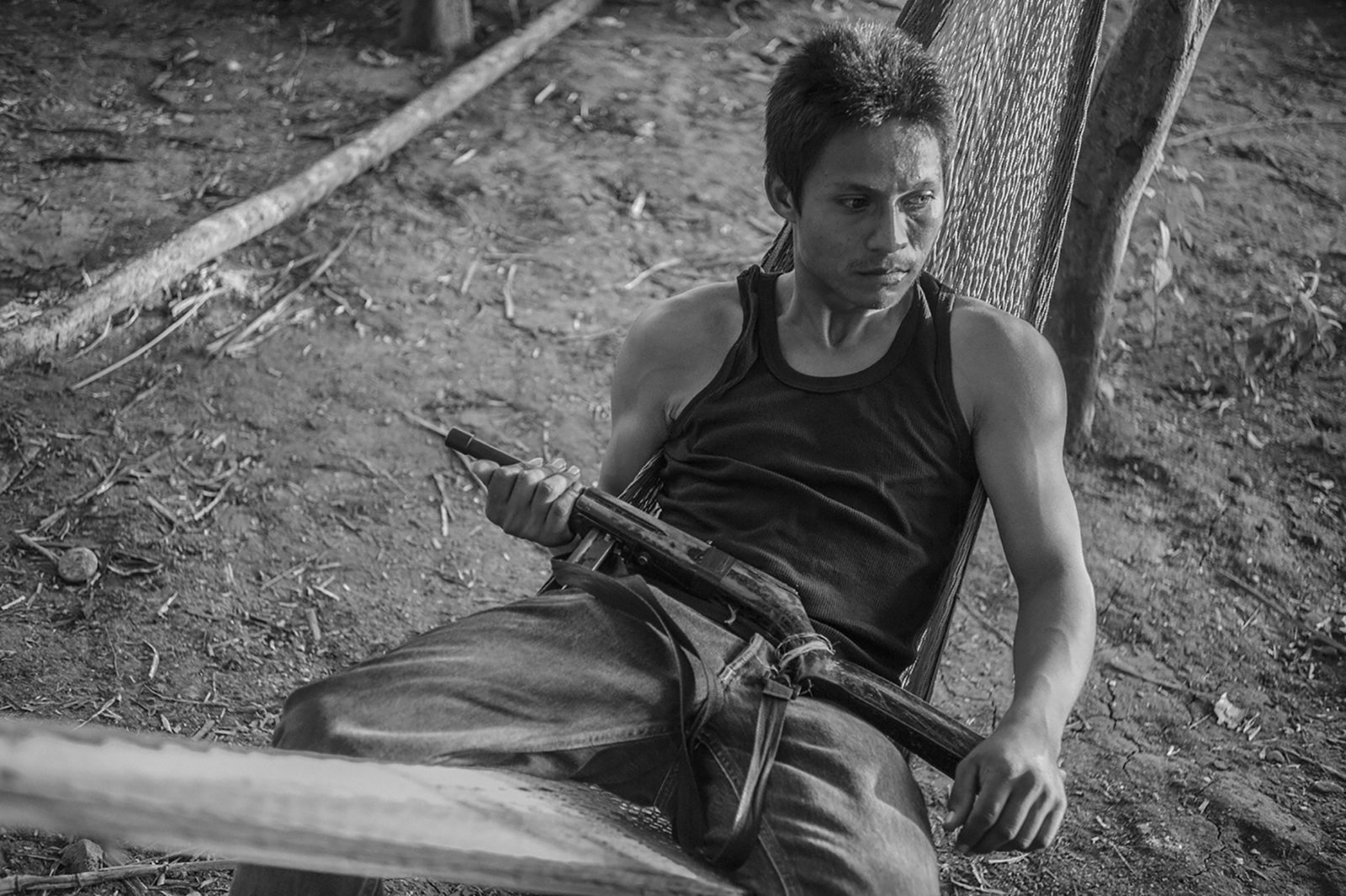
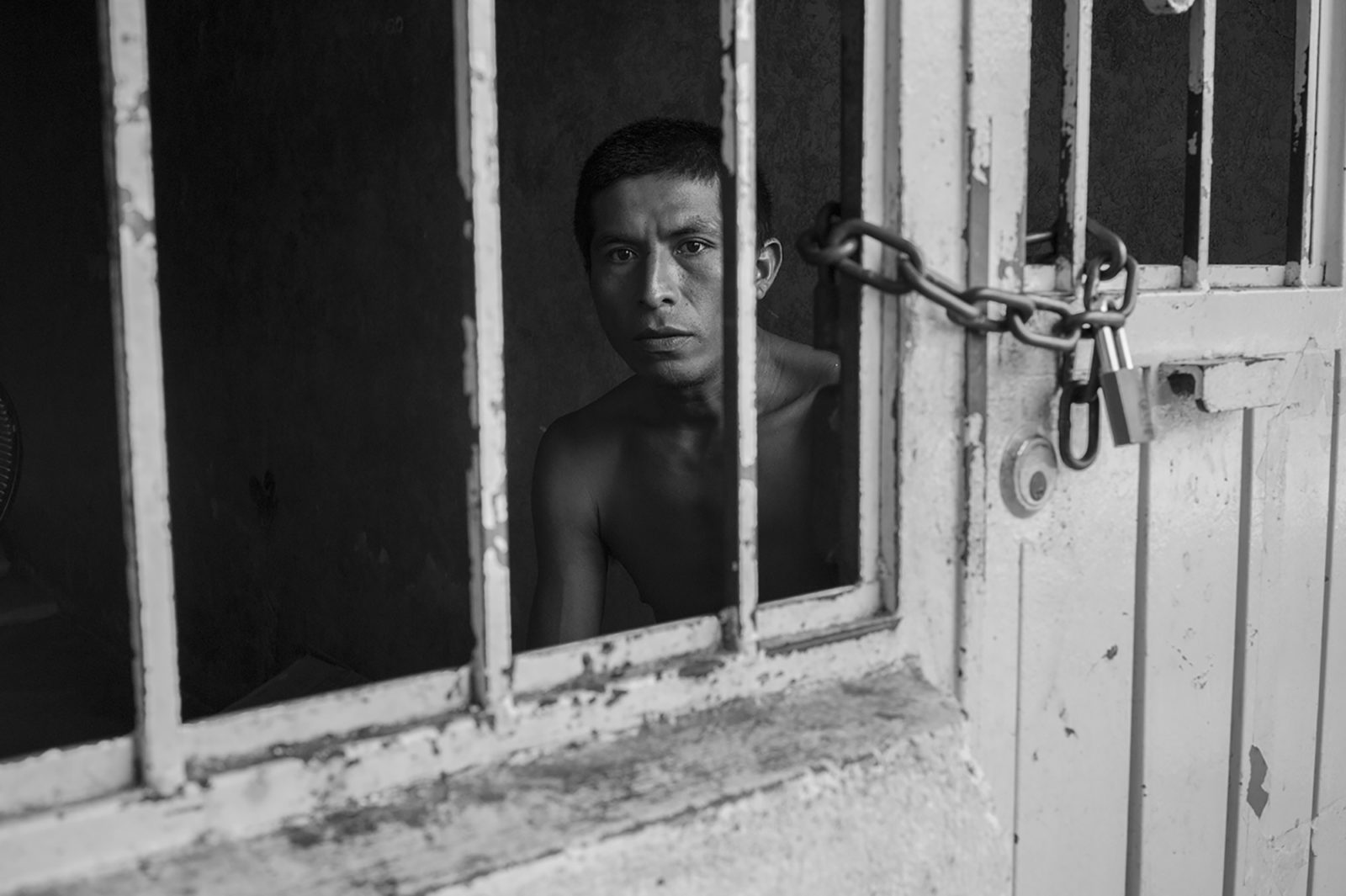
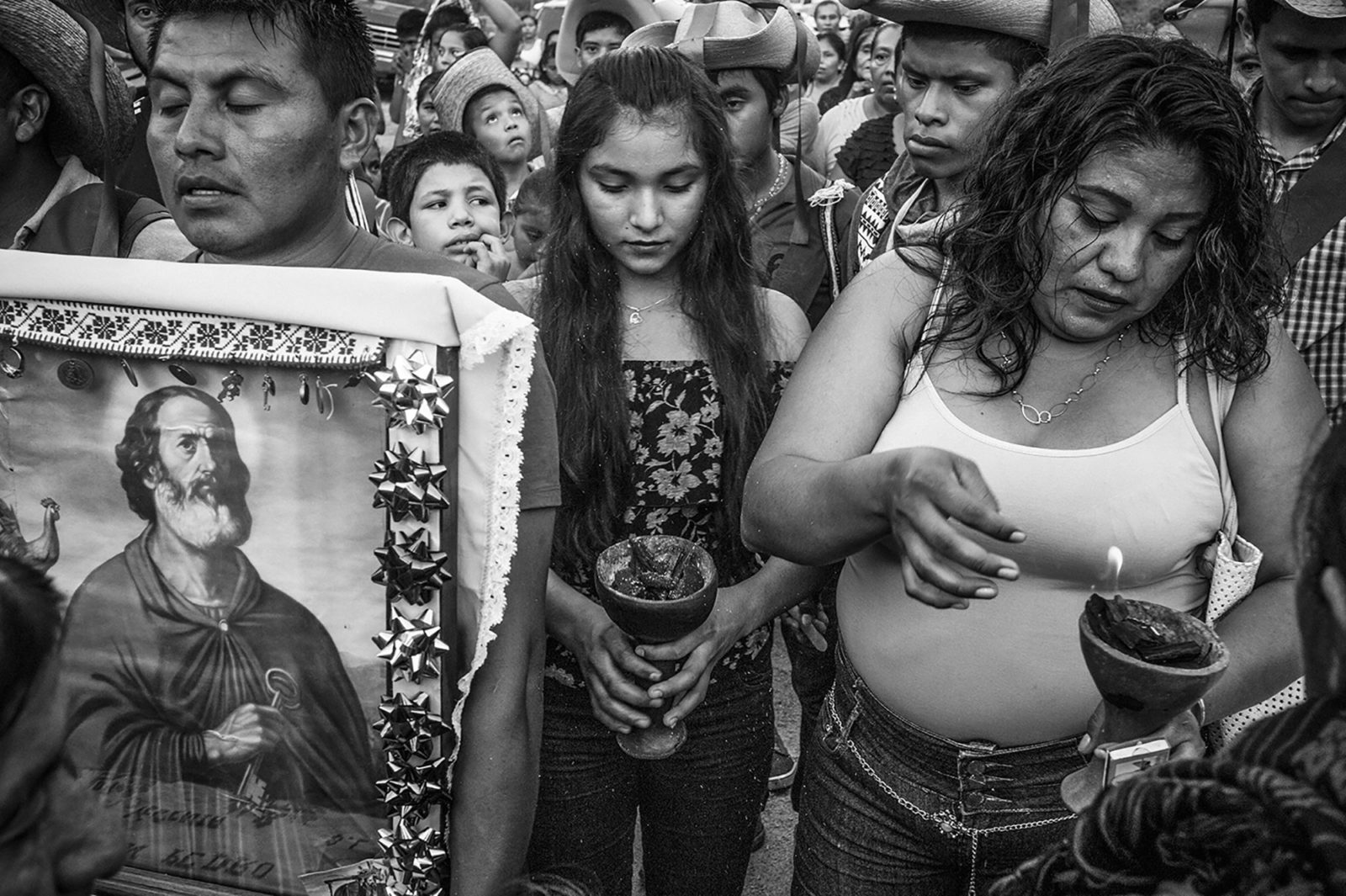
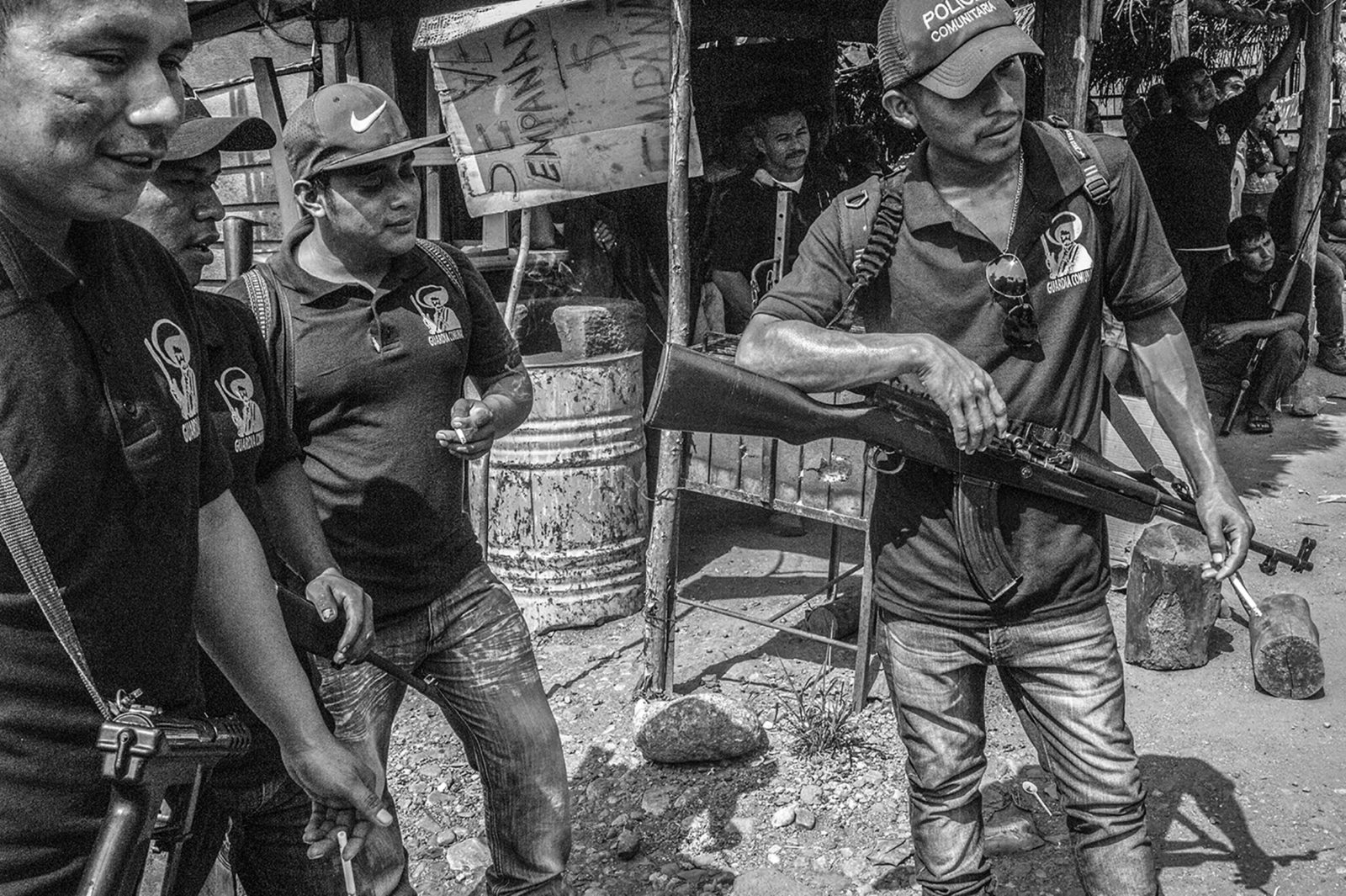
About Indigenous Autonomy in Mexico: Towards a Renewal of Revolutionary Ideals
The photographic project will focus on the coastal town/municipality of Santa Maria de Ostula on the violent and largely undeveloped coast of Michoacan in southern Mexico. My project will document Santa Maria de Ostula, and its newly established political autonomy. Ostula is one example of social movements of ethnically and culturally indigenous peoples throughout México that have begun to establish autonomous, grassroots governments in response to rampant violence, corruption, environmental degradation and inadequate official governments. These towns currently form an expanding patchwork across the map of Mexico. Their claims to the right to self-determination and autonomy are based on a little known clause of the Mexican Constitution added at the behest of revolutionary Emiliano Zapata. This clause, Article 2, allows indigenous towns to rule themselves outside of the Mexican political system. In a response to violence resulting from organized crime, international mining, tourism companies and corruption of both state and federal institutions, Ostula declared its autonomy and began defending its borders in order to secure peace, enact environmental and social justice and preserve important elements of their cultural heritage. Although the federal and state governments and official political parties have at times reluctantly recognized the legal existence of some of the autonomous regions there is an ongoing pressure, very often manifested through violence, for the communities to return to the fold of the institutionalized Mexican political system. Likewise there is an animosity and self-righteousness on behalf of the people as they struggle to protect their social movements against more powerful forces. This project, when completed, will be part of a larger project I’ve been working on since 2011 tracing the indigenous, social and environmental movements that have declared their autonomy from the official governments in a country increasingly plagued by violence, corruption and terror. These social and political actions offer a glimpse into a recent trend in the Mexican grassroots movements initiated by the country’s most dispossessed and marginalized population. These movements demonstrate that populations, with even the most limited resources, can find and concoct their own solutions to some of humanity’s most pressing problems: organized crime, lack of education, disappearing cultural heritage, environmental degradation and corrupt governments.
